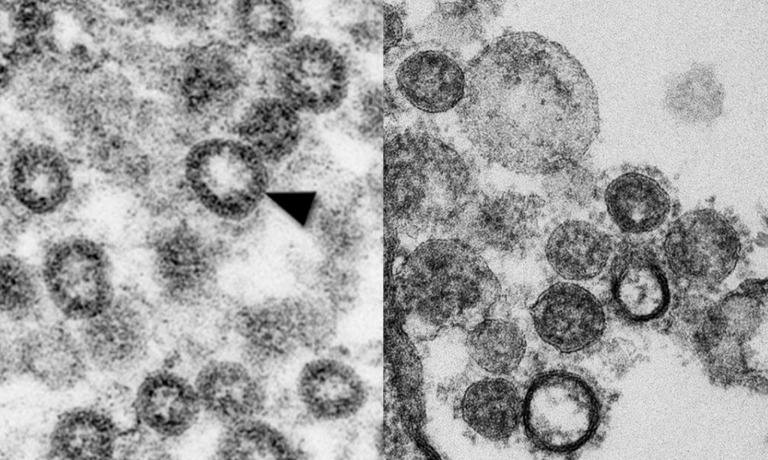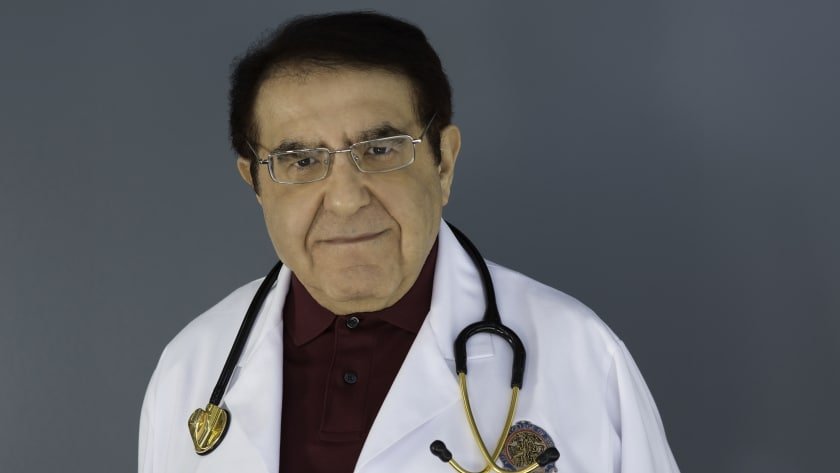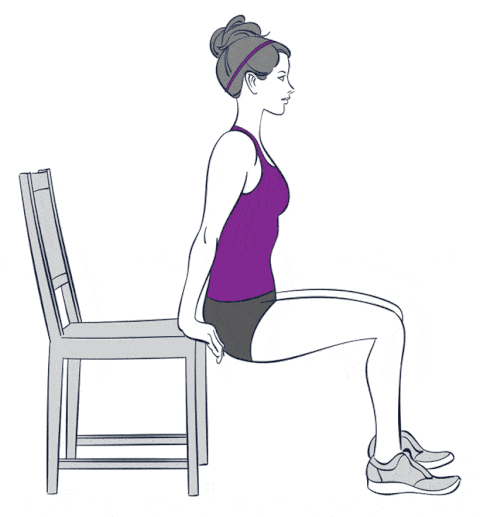The signs and symptoms of people infected with corona Virus (2019 nCoV) are no different than those with a minor common cold. So it is not possible to entirely diagnose someone as to be infected with Coronavirus without proper laboratory tests. But this never before described Pandemic (epidemic spread over many countries) disease has the potential to cause severe deterioration of patient condition requiring rigorous respiratory and other supports to survive and can even cause the death of the patients. Fever, cough, chest tightness, and difficulty breathing are the main symptoms reported. Most people have a mild course of illness, some require intensive care while few don’t survive the illness. The mortality rate of 2019 nCoV is estimated to be around 2%.
WHO has classified people infected with nCoV into following clinical syndromes:
| Clinical Syndrome | Signs and symptoms |
| Uncomplicated illness | Fever, cough, sore throat, nasal congestion, malaise, headache, muscle pain. |
| Mild pneumonia (lung infection) | Fever, cough, difficulty breathing |
| Severe pneumonia | Pneumonia + rapid breathing but not maintaining oxygen saturation |
| Sepsis | Patient with dysfunction of an organ |
| Septic shock | Patient not maintaining Blood pressure even after giving fluids |
People who are at risk of being infected by the Corona virus:
Not everybody is at risk of developing the disease but the following factors increase your risks tremendously and should take necessary precautions to diagnose the disease early and minimize the spread of the disease. The youngest age is reported to be around 13 years which is great because it spares a large number of children under that age.
- Severe acute respiratory infection (SARI) – people with a history of fever and cough requiring admission to hospital with no other definitive cause
- History of travel to Wuhan, Hubei Province China in the 14 days prior to the onset of above-mentioned symptoms
- Health care worker with exposure to patients with severe acute respiratory infections
- Symptomatic people with a) close physical contact with a confirmed case of nCoV infection b) Been in a healthcare facility where hospital-associated nCoV infections have been reported
- Immunocompromised patients and people with other diseases: These are the most vulnerable groups and take much about 80% of all the death tolls
Reference: Clinical management of severe acute respiratory infection when Novel coronavirus (nCoV) infection is suspected: Interim Guidance by WHO.



















